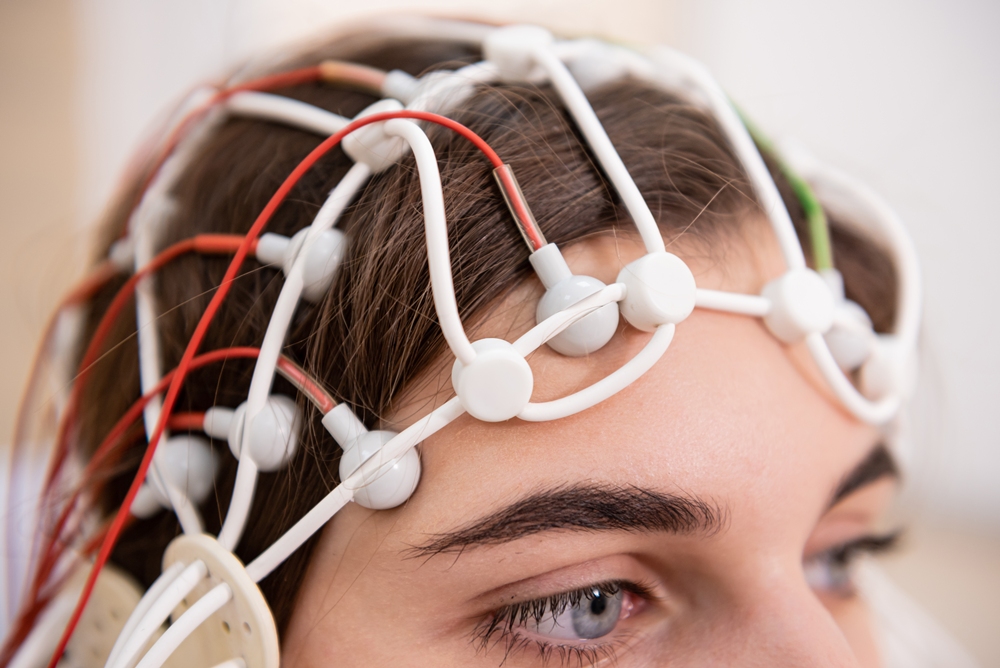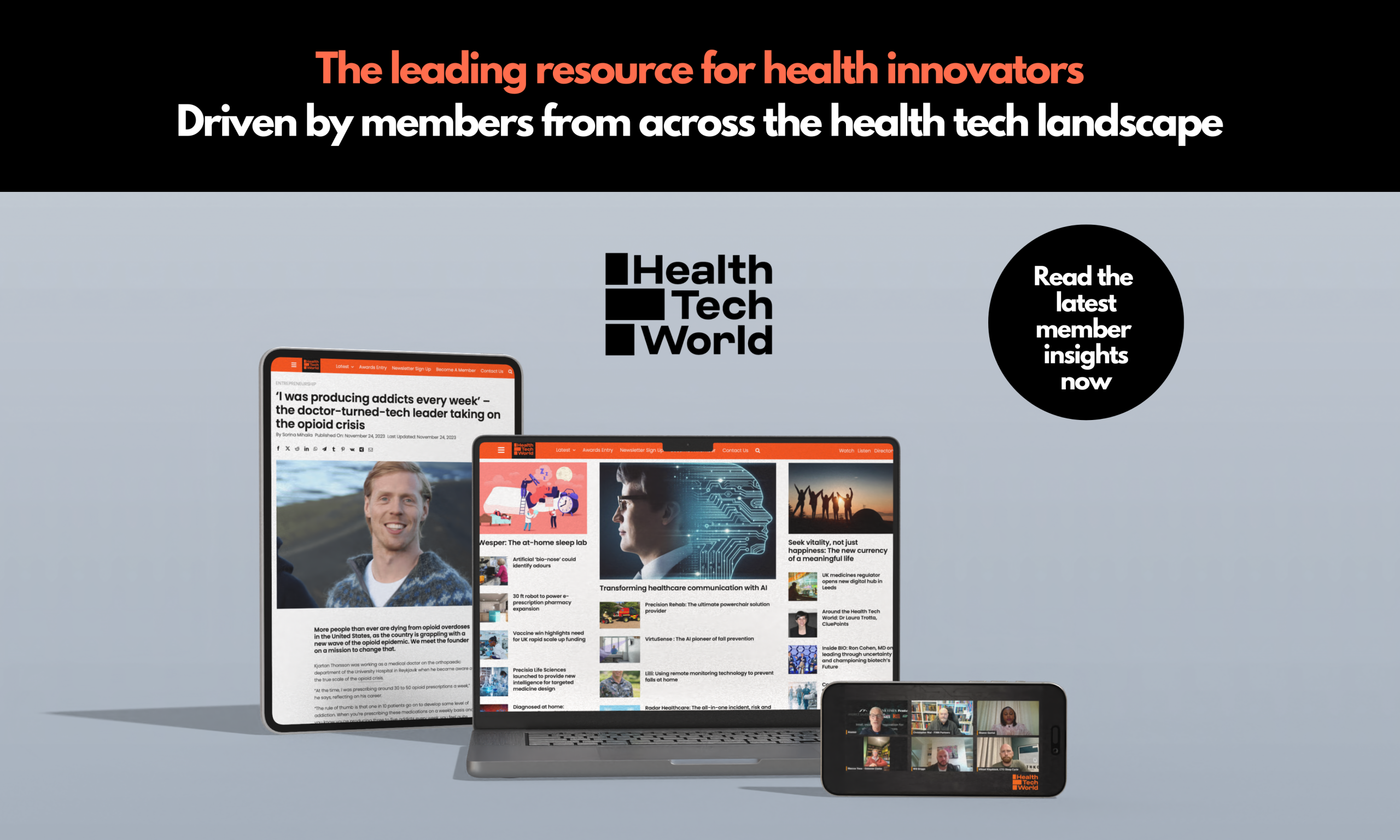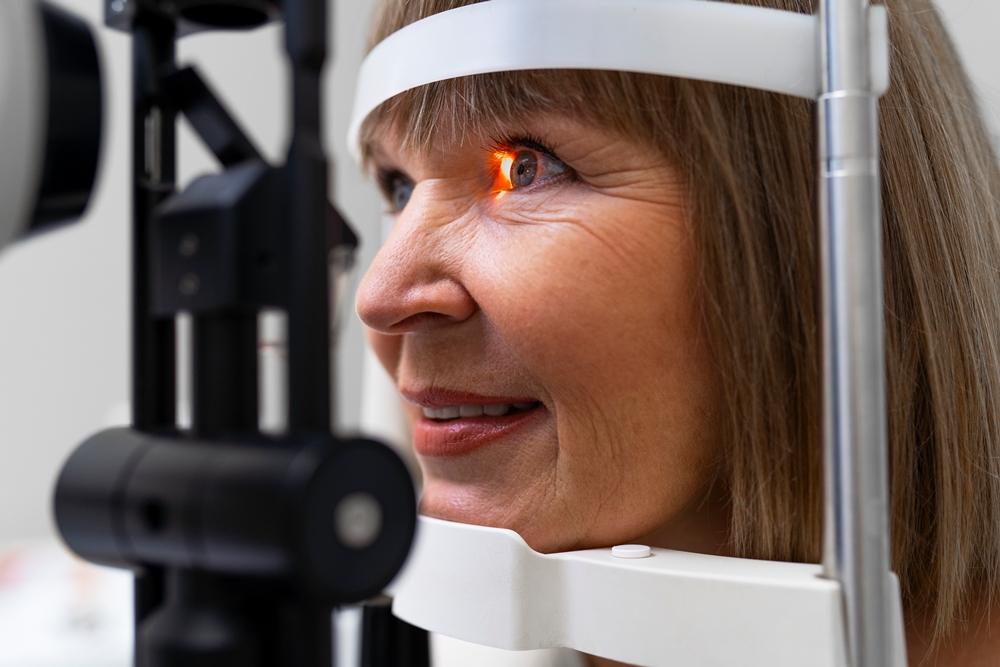Personalised brain stimulation shows depression benefits

Non-invasive electrical brain stimulation improved mood in depression patients after six days in a recent study, with only mild or no side effects reported.
The treatment, called high-definition transcranial direct current stimulation (HD-tDCS), uses electrodes on the scalp to deliver low electrical currents to targeted brain areas.
HD-tDCS is a more precise form of transcranial direct current stimulation (tDCS). It uses smaller electrodes and brain scans to find the best stimulation sites.
The therapy targets brain networks linked to emotional control and self-focused thoughts.
First author Dr Mayank Anant Jog is assistant professor of neurology at UCLA Health and a faculty member of the UCLA Ahmanson-Lovelace Brain Mapping Center.
Jog said: “By honing in on the precise brain regions affected by depression, we’ve shown that stimulation can significantly improve mood and daily functioning.
“Our data indicates that HD-tDCS therapy may also be effective for treating anxiety disorders, though dedicated studies to investigate this possibility are needed.”
The study by UCLA Health included 71 participants split into two groups.
One group received HD-tDCS for 12 consecutive working days while the other underwent a sham treatment. Researchers assessed mood changes before, during and after treatment.
Those who received HD-tDCS reported stronger mood improvements than those in the sham group.
Benefits were seen more quickly than in previous studies of conventional tDCS or with psychotherapy and medication. Improvements were maintained at two weeks and four weeks after treatment.
The therapy was well tolerated, with only mild or no side effects. It could potentially be adapted for home use, said the study’s principal investigator Dr Katherine Narr, professor of neurology at UCLA Health and faculty member of the Ahmanson-Lovelace Brain Mapping Center.
“Overall, the HD-tDCS therapy was effective and well-tolerated, with only mild to no side effects observed in the study.
“Coupled with tDCS’s potential for convenient at-home use, this approach may offer a new treatment option for those seeking alternatives to medication or talk therapy,” Dr Narr said.
The study did not assess how the treatment interacts with psychiatric medications, which may have affected outcomes in some participants.
It was also not designed to test whether tailoring HD-tDCS to each patient improved results.
Follow-up studies are planned to see whether benefits continue with longer treatment courses and ongoing maintenance therapy.







